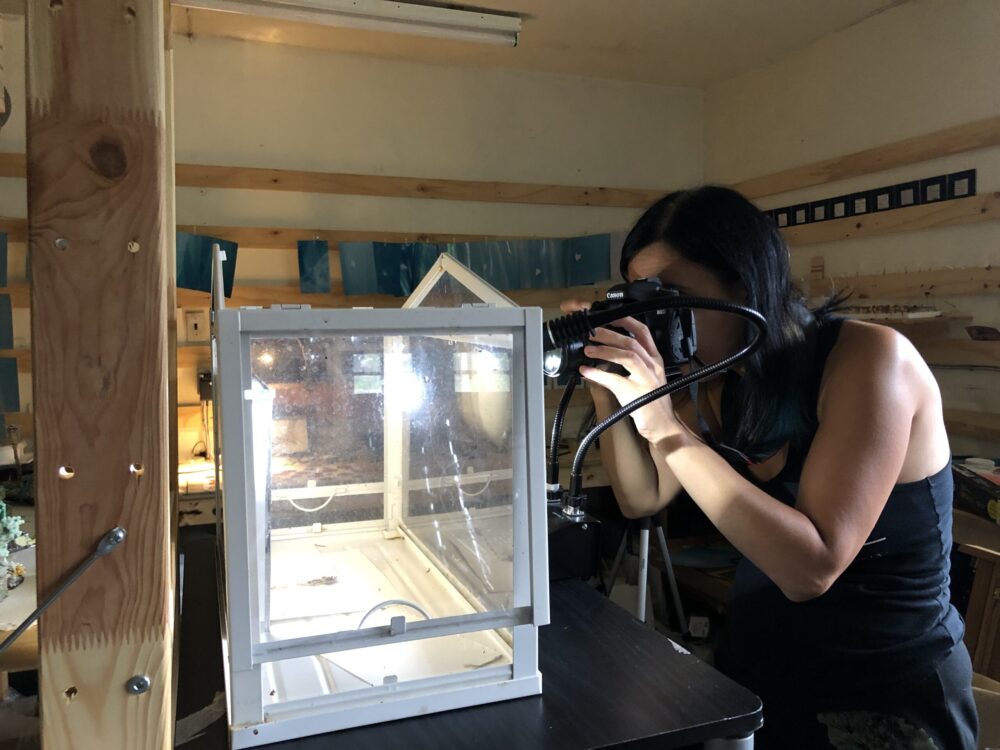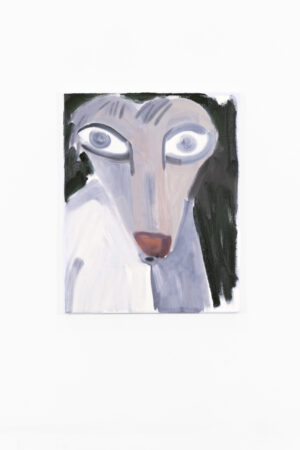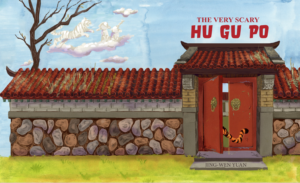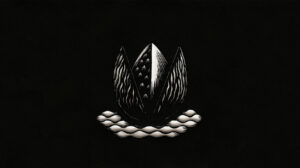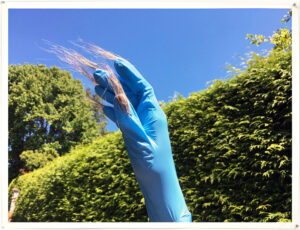Inspiderations
Valérie Chartrand
Through my work, I consider how artists can communicate a sense of empathy, compassion and kinship with insects and arachnids that encourages thoughtful cohabitation and the adoption of sustainable ecological practices.
The focus of my research is the loss of biodiversity and reduction in arthropod populations due to climate change and human interference in their life cycles. I evoke the decline in species primarily through imprint techniques using found insects and non-toxic materials. I only gather and work with found insects that have previously perished, and insect materials purchased from ethical sources.
Reflections on killability of nonhumans and the looming ecological crisis caused by the loss of species are a key part of my practice and of my approach in memorializing dead insects in a subtle, poetic way. My passion for printmaking and my work with found insects lead to reflections on environmental decline, as the resulting imprints convey presence through absence.
Through material research, ecological reflections, and attempts to establish kinship with nonhuman animals, the explorations I undertook as part of my creative research have resulted in a body of work documenting live arachnids and insects and memorializing fallen ones.
Interconnections
Interconnections is a network of nodes that include spiders with naturally occurring crystals in clay, etched insects on copper cells that generate electricity, and microcosms of an environment out of balance with cyanobacteria and copper. From spider crystals to electroetching with blue copper sulphate crystals, to growing microenvironments, both copper and cyanobacteria became key to my material research. Together they deploy a harmonized pallet of blues and greens. Both are unstable and change colour over time. The use of copper and cyanobacteria as materials, as examples of vibrant matter, allow me to generate microcosms of an environment out of balance and serve as the support and backdrop to reflect on climate change and the disappearance of species.







Phototaxis
Reflections on light pollution resulted in the creation of a swarm of mayflies screen-printed from mayfly body imprints on silk using cyanobacteria and mayfly bodies gathered from lake Winnipeg. I discovered that by using a UV light, I could attract a live swarm to the piece and that it would allow me to experiment with cyanotype that is sensitive to UV rays. This allowed me to capture ghostly images of ephemeral moments of insects joining the swarm.




Spider empathy
Spider drinking dishes
During pandemic confinement, my focus inevitably turned to indoor ecology. The documentation of my indoor biome was set in motion by my connection with a spider who died of thirst in the winter of 2020. I started giving water to all spiders in my house and this led me to create Spider drinking dishes with reliefs of spiders that were found dried up in basements and attics.




Empathy portraits
Empathy portraits are portrait style photographs of the three types of jumping spiders who live in and around my house.




Spider narratives
My work expanded to other species of spiders that settled in my home and studio and I started establishing connections with them, focusing on the nature in my home and becoming a home based citizen scientist. My documentation resulted in Spider narratives, augmented reality books in which I was able to share glimpses of my observations.




IntersecT
Awareness that we are sharing our immediate environment with hundreds of little beings is often the first step to observing the world around us and thinking about the impact we have on this microfauna. IntersecT is an augmented reality web app that allows to view observations that have been recorded by users through the iNaturalist network within 1 kilometre of a location. The observations appear as spheres that differ in size based on proximity. Clicking on those spheres allows to view a photo of the arthropod and the species name.





Inspiderations was installed at Gallery 101 in Ottawa on unceded and unsurrendered Anishnaabe-Aki territory.
